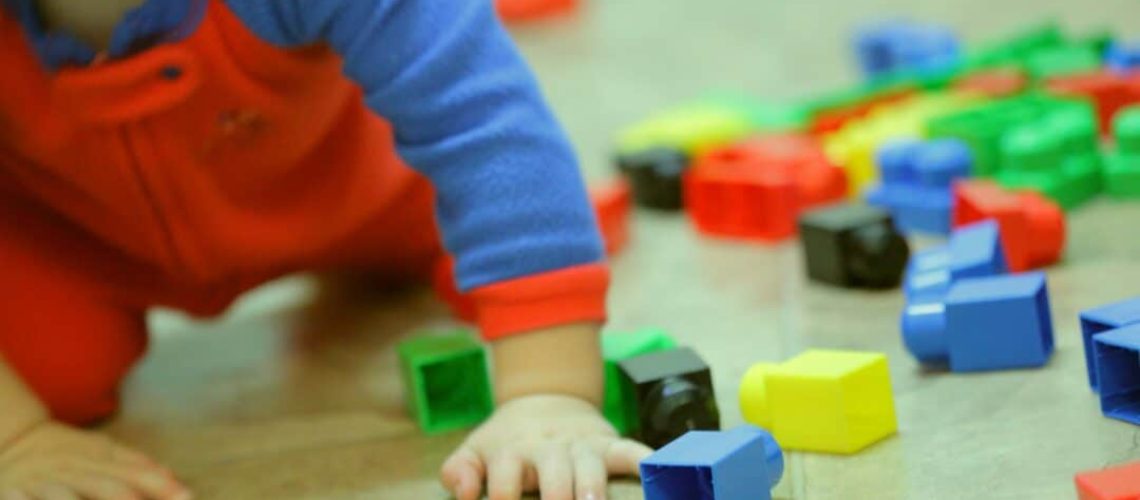
In most regards, a personal injury claim for a child is similar to one for an adult. There are a few key differences to keep in mind.
A guardian or parent will sue on the child’s behalf
Children cannot sue in their own right. This is not an obstacle, however, to launching a lawsuit. It simply means that a guardian or parent will sue on the child’s behalf and will be listed on the Statement of Claim as a ‘litigation representative’ for the injured child. The settlement of a child’s claim is governed by the Minors’ Property Act.
The Minors’ Property Act is further defined and explained through the Alberta Minors’ Property Regulations. The regulations stipulate that any claim that is awarded over $10,000 is subject to the Minors’ Property Act. If your child has been injured in an accident or due to someone’s negligence, it can be very difficult to tell how much compensation your child is entitled to without seeking the advice of a competent personal injury lawyer.
The limitations periods
It is also important to note that the limitations periods – time periods and deadlines by which you must make a claim – that govern children in an injury claim also differ from those that governs adults. The differences are defined in the Limitations Act, RSA 2000, C. L-12, specifically, Section 5.1.
Involvement of The Public Trustee
The Public Trustee is often involved with the claim of a child who has been injured when it comes time to settle. Awards and the disposition of awards will tend to involve and require the consent, procedures and policies of the Public Trustee. These laws and regulations are in place to ensure that any award of money to a child will be maintained and used properly and in the best interests of the child. The award is often held “in trust” until the child reaches the age of majority, but can also be availed of in order to obtain services and products the child may need, such as ongoing healthcare or physical therapies.
Damage or types of losses
Another way that an injury claim is different for children than for adults is that the damage or types of losses commonly claimed for adults don’t apply to children. For example, a young child is unlikely to have lost income due to their injuries. They are also unlikely to have a claim for loss of housekeeping capacity (losses due to inability to perform tasks around the home).
One type of loss that can be much larger for a child is their ‘loss of future income.’ A child has his or her entire working life ahead of them – 45 or more years. The challenge is putting a dollar figure on this loss. It can be a complicated process. The severity of the injury, the prognosis for recovery, and the child’s demonstrated abilities and interests are key factors. Estimating loss of income is even more challenging when the child is too young to have started on a particular educational or career path.
Standards of negligence
Children are held to a different standard than adults when it comes to negligence. The degree to which a person contributes to their own injury (contributory negligence) can reduce the amount of compensation that a court awards them.
Adults are generally held to an objective standard – what would a reasonable person have done in the situation, regardless of what this particular person had in their mind at the time? With children, by contrast, courts use a mixed subjective/objective test. The court considers what a child of similar age, intelligence and experience as the child in question would have done in such a situation.
It’s important to note, however, that courts tend to apply the higher, adult standard of care when a child is engaged in what is typically an adult activity, such as driving a powerboat or dirt bike.
These are just a few ways that personal injury claims are different for children than for adults. If you have any questions, please contact me.
